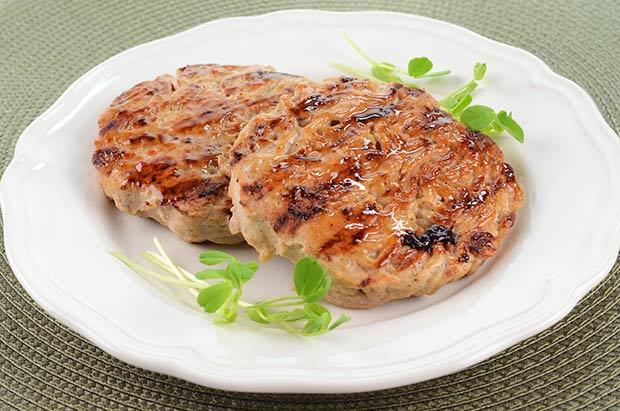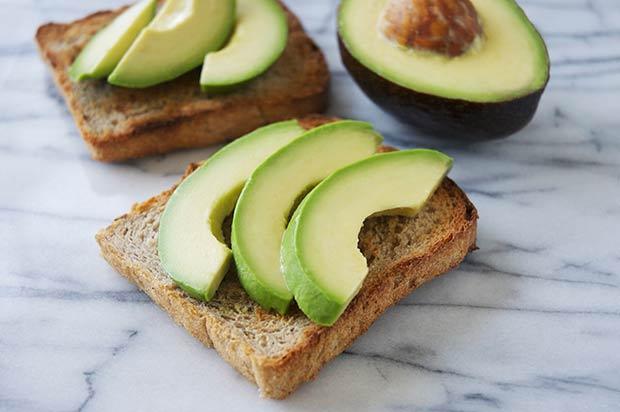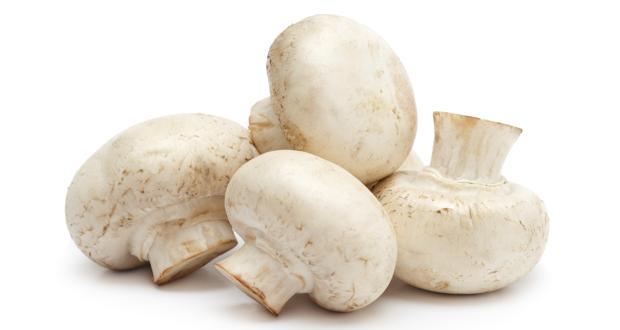Here, 13 swaps you can make to save 15,000 calories (or more) a month and lose about a pound each week.
The Switches To Make Every Day
The switch: Seltzer instead of soda
The savings: 140 (about 4,200 per month)
Oh, soda, why are you so hard to quit? The bubble-filled way to wean yourself off the one-can-a-day habit is seltzer. “The carbonation creates gas in your stomach, which takes up some space,” says Cording. “You may feel more satisfied, so it can be a good way to transition into soda-free life.” There’s also the fact that plain ol’ water can seem too boring if you’re used to that soda rush, so seltzer can offer your mouth a bit more of a distraction.
The switch: An iced coffee with two tablespoons 2% milk instead of an iced latte
The savings: 100 calories (about 3,000 per month)
 Photograph by nicole mariedev/getty images
Photograph by nicole mariedev/getty images
In reality, both options add up to the same thing: a creamy, caffeine-infused delight. The major difference is that when you get a plain iced coffee and add your own milk, you’re in control of exactly how much is going in. “Lattes have so much milk that doing it yourself is an easy way to cut back on calories without sacrificing taste,” says Cording.
The Switches To Make Twice A Week
The switch: A quarter-cup of sliced apple in your salad instead of quarter-cup dried cranberries
The savings: 78 (about 624 per month)
Just because cranberries are a fruit and you're eating them in a salad that doesn’t mean they're healthy. “A lot of people add dried fruit to salad, but they pack a lot of calories,” says Cording. In general, dried fruit has a much higher sugar content than fresh fruit, says Zeitlin. On top of that, the drying process zaps some of the fruit’s vitamins and water content that can keep you hydrated.
The switch: Seven ounces plain 2% Greek yogurt with a teaspoon of honey instead of seven ounces flavored yogurt
The savings: 50 (about 400 per month)
It’s easy to grab a fruit-flavored yogurt on the go, but setting aside a few extra minutes to whip up your own concoction can slash your sugar and calorie intake. Sweetened yogurt can have up to 20 grams of sugar, says Cording. If you’re not into honey, try a teaspoon of maple syrup, quarter-cup of berries, or a teaspoon of cocoa powder with a splash of vanilla and sprinkle of cinnamon.
The switch: A nori (seaweed) sheet instead of a whole-wheat tortilla wrap
The savings: 110 calories (about 880 per month)
 Photograph by nu1983/getty images
Photograph by nu1983/getty images
Besides putting a dent in your calorie intake for the day, swapping a whole-wheat wrap for a nori sheet spices up your basic lunch. The dried seaweed offers up to three grams of fiber, which helps keep you full, energy-boosting iron, and vitamin A, an antioxidant that fights skin-wrecking free radicals. “It’s crunchy and a little salty, which is a good way to excite your taste buds,” says Zeitlin.
The switch: One ounce 2% plain Greek yogurt on your wrap instead of one ounce mayonnaise
The savings: 167 (about 1,336 per month)
There’s a pretty long list of reasons to become Greek yogurt’s number one fan. For starters, it’s rich in calcium and protein, which have been shown to help maintain weight loss,” says Cording. Plus, the probiotics in yogurt make sure your gut bacteria are properly balanced to help you de-bloat and digest food properly. By going with low-fat yogurt instead of fat-free, your body will have to take more time to break it down and you'll be satisfied longer, says Cording.
The switch: An orange slice in water instead of an eight-ounce bottle orange juice
The savings: 120 (about 960 per month)
If you can’t make it in the morning without your OJ, try this swap on for size. “One glass of orange juice has five to six oranges in it, so it contains a crazy amount of sugar,” says Zeitlin. And if you’re drinking an entire eight-ounce bottle of the stuff, you’re likely taking in two servings instead of one. That sugar surge can spike your blood sugar and lead to a munchies-inducing crash later on. By drinking water instead of juice, your body soaks that H2O up to replenish the water you lose during the day, says Zeitlin.
The switch: One cup cooked spaghetti squash instead of one cup cooked spaghetti
The savings: 158 calories (about 1,264 per month)
“White pasta is not high in anything except sugar,” says Zeitlin. Though whole-wheat pasta has more fiber to help slow the digestion of all that sugar, it still packs the same amount of calories. Enter spaghetti squash, the pasta alternative is a fiber-filled veggie that will make your waistline and taste buds happy.
The switch: One ounce air-popped popcorn instead of one ounce potato chips (about 15 chips)
The savings: 129 calories (about 1,032 per month)
 Photograph by dana hoff/getty images
Photograph by dana hoff/getty images
Sometimes you've just got to have a snack that gives good crunch. Instead of reaching for potato chips, which offer almost no nutritional value, turn to air-popped popcorn for your fix. As it turns out, popcorn is a whole grain so it has fiber that will help keep you full, says Zeitlin. Bonus: you can make it at home with an air popper in a snap. If you’re pressed for time, keep an eye out for Quinn’s popcorn, Zeitlin’s favorite.
The switch: One cup cauliflower rice instead of one cup white rice
The savings: 180 calories (about 1,440 per month)
Another vegetable you can turn into a faux starchy carb for major craving satisfaction is cauliflower. By cutting off the heads, boiling them, and putting the florets into a food processor (or chopping them up finely), you can create a rice substitute that slashes calories, says Zeitlin.
The Switches To Make Once A Month
The switch: a four-ounce turkey burger in a lettuce cup instead of a four-ounce beef burger in a bun
The savings: 182 calories
 Photograph by fotogal/getty images
Photograph by fotogal/getty images
Opting for a turkey burger saves you lots of saturated fat and extra calories that come with beef, and ditching the refined carbs in a bun for a lettuce cup keeps your blood sugar stable.
The switch: A quarter-cup frozen blueberries in your cereal instead of a quarter-cup raisins
The savings: 71 calories
The crunch factor of frozen fruit, as opposed to chewy raisins, helps make you more mindful of what you’re eating, ultimately leading to a more satiating meal, says Zeitlin. Plus, a quarter-cup of blueberries has four grams of sugar. Raisins have 21. Yikes!
The switch: one ounce of avocado on toast instead of one ounce of butter
The savings: 158 calories
 Photograph by janet rhodes/getty images
Photograph by janet rhodes/getty images
Avocado is loaded with omega-3 fatty acids to help flight inflammation, promote good cholesterol, and reduce snack-y tendencies, says Zeitlin. And you'll get more fiber and protein than you do with butter, she says. Fun fact: You can swap avocado for butter when baking to make your sweet treats even more satisfying, too.
The article How to Save 15,000 Calories This Month originally ran on WomensHealthMag.com.




